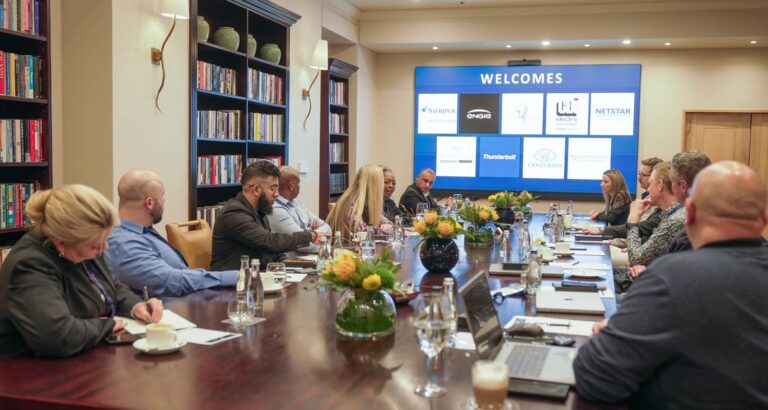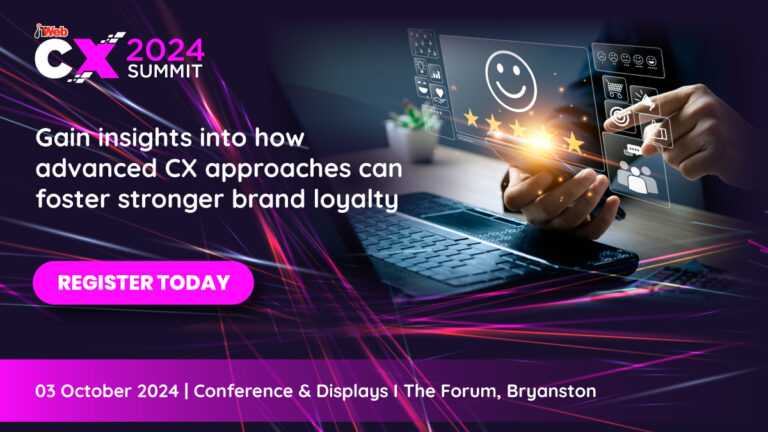EXCLUSIVE: How the RTMC and WeBuyCars are Revolutionizing Vehicle Registration and Ownership in South Africa
In a bold move to shake up the status quo, the Road Traffic Management Corporation (RTMC) and WeBuyCars have joined forces to create a game-changing online system for vehicle registration and notice of change of ownership (NCO) processing. Since its inception, the platform has processed thousands of applications, making it a trailblazer in the industry.
The partnership, which was first announced in August 2023, has seen a significant surge in registrations, with a whopping 7,051 vehicles registered in August 2024 alone. The online system has also seen a substantial increase in the release of titles, with 10,418 titles released over the same period.
But what makes this system so revolutionary? For starters, it allows approved entities to access the National Traffic Information System directly, making it possible to manage multiple vehicle registrations with the traffic department in a single digital platform. This has reduced turnaround times and improved service delivery for financial institutions, insurers, licensing service centers, and motor dealerships.
"We’ve witnessed a substantial increase in the use of the online system since its rollout in January 2024," says Sean Sevell, head of admin and risk at WeBuyCars. "From an initial 163 vehicles in January, we’ve seen registrations surge to 7,051 by August 2024. Additionally, the online release of titles grew from 245 to 10,418 over the same period."
But what about the benefits for consumers? According to Simon Zwane, spokesperson for the RTMC, the new system has significantly reduced customer complaints regarding delays with vehicle registrations. "Traditional walk-in registering authorities and licensing service centers are often overwhelmed, leading to delays and frustration for customers," says Zwane. "This new system has eliminated the need for physical visits, making it faster and more convenient for everyone involved."
And it’s not just about speed and convenience – the system is also designed to be more secure. "The online system is a significant improvement over the traditional manual process," says Sevell. "It reduces the risk of errors and fraud, and ensures that all transactions are traceable and accountable."
As the RTMC and WeBuyCars continue to work together to further advance the system and add new capabilities, it’s clear that this partnership is just the beginning of a new era in vehicle registration and ownership in South Africa. Stay tuned for more updates on this revolutionary new system!










